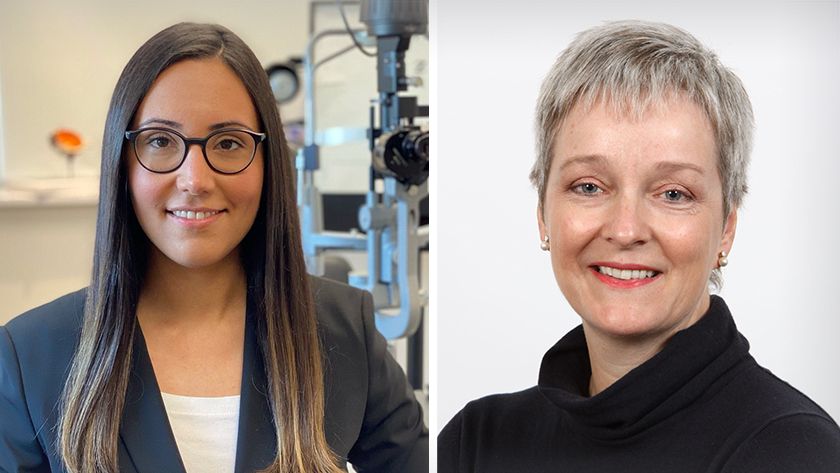
Female ophthalmologists face a significant pay gap, despite being comparably productive to males, according to new research published in the journal Ophthalmology.
Several studies to date have suggested that female physicians earn less than men; however, most of these studies have been based on self-reported incomes or Medicare/Medicaid payments that capture only a subset of physician payments.
The new study looked at whether male and female ophthalmologists’ overall payments are different within the Ontario fee-for-service billing system. The research team was led by Dr. Tina Felfeli, a resident physician in the Department of Ophthalmology and Vision Sciences at the University of Toronto, and Dr. Yvonne Buys, a Clinician Investigator at the Donald K. Johnson Eye Institute.
“Fee-for-service systems, in which doctors are paid a set amount for each service they provide, are less susceptible to pay disparities,” explains Dr. Buys. “Nonetheless, we know that pay gaps still exist between male and female physicians. We wanted to determine whether male and female ophthalmologists have different incomes despite similar workloads, and how the pay gap in ophthalmology compares to other medical specialties.”
The researchers examined sex differences in yearly income received by 807 ophthalmologists across nearly three decades, controlling for factors such as age and productivity. They then compared the pay differences observed in ophthalmology to those present in other physician specialty groups; surgical, medical non-procedural and medical procedural specialties.
The study revealed that representation of female physicians increased across specialties, from 17% in 1992 to 36% in 2018. Over this period, female representation in ophthalmology increased from 11% to 22%. Despite this 100% increase, ophthalmology continued to have the lowest proportion of female physicians. In the other three specialty groups, women comprised between 25% and 41% of physicians in 2018.
The team also found that females had lower incomes than males across specialties, despite being comparably productive. Amongst the top billers, the pay gap was most pronounced in ophthalmology, where males earned 17% ($161,900) more than females in 2018. By contrast, males earned only 8–12% more than females in other specialities.
The current findings suggest that the pay gap may be related to the proportionate representation of females within a specific medical specialty. Thus, ophthalmology, which has the lowest proportion of females, also has the largest sex difference in annual income.
“Moving forward, we need to determine the root causes of the pay gap in ophthalmology and other medical specialties. Previous studies have pointed to sex differences in practice patterns and opportunities to perform the most lucrative procedures, such as surgeries, but more research is needed,” says Dr. Buys. “Addressing sex-based inequities and systemic barriers to women’s success is essential for safeguarding inclusion in the medical profession.”
This study made use of de-identified data from the ICES Data Repository, which is managed by the ICES with support from its funders and partners: Canada’s Strategy for Patient-Oriented Research (SPOR), the Ontario SPOR Support Unit, CIHR and the Government of Ontario. The opinions, results and conclusions reported are those of the authors. No endorsement by ICES or any of its funders or partners is intended or should be inferred.
This work was supported by the UHN Foundation.
Felfeli T, Canizares M, Jin Y-P, Buys YM. Pay Gap Amongst Female and Male Ophthalmologists Compared to other Specialties. Ophthalmology. 2021 July 13. doi: 10.1016/j.ophtha.2021.06.015

(L) Dr. Tina Felfeli is a resident physician in the Department of Ophthalmology and Vision Sciences at the University of Toronto, Vanier Scholar and member of the Integrated physician-scientist training program at the Institute of Health Policy, Management and Evaluation, University of Toronto. (R) Dr. Yvonne Buys is a Clinician Investigator at the Donald K. Johnson Eye Institute, Professor in the Department of Ophthalmology and Vision Sciences, University of Toronto, and Past President of the Canadian Ophthalmological Society.




